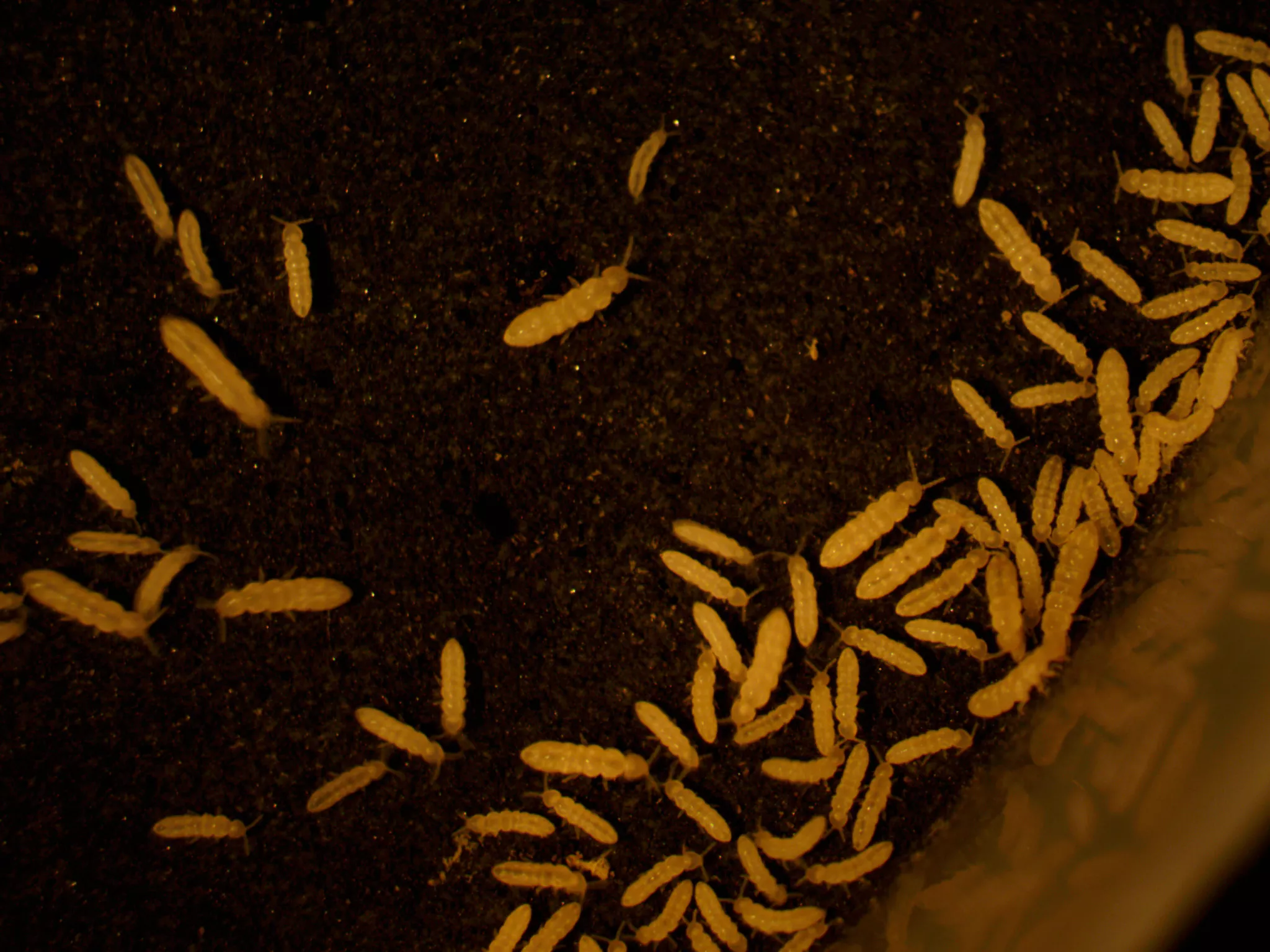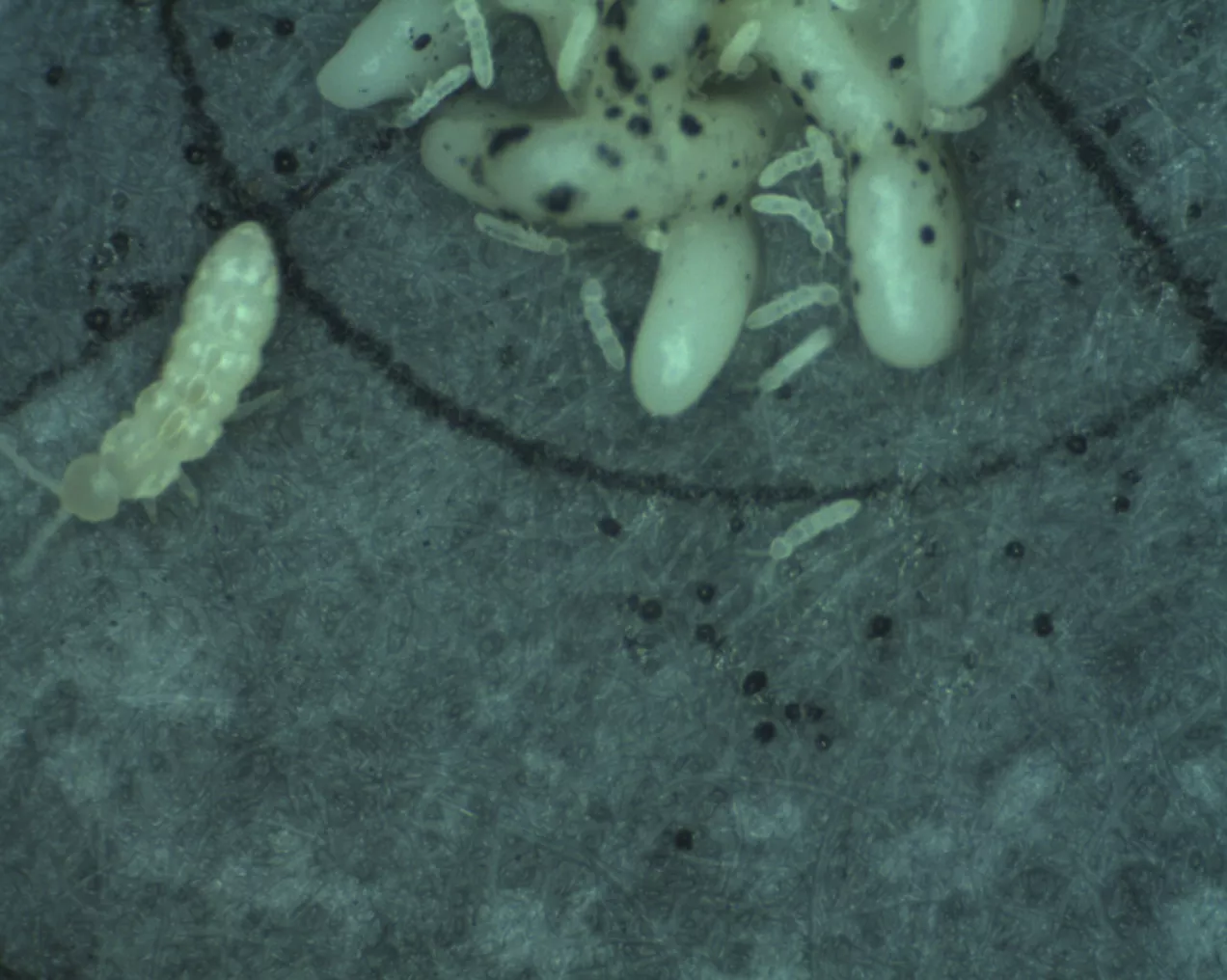CER researchers have examined the effects of urbanization on soil fauna as a function of climate
Using the statistical method of meta-analysis, researchers from the ELKH Centre for Ecological Research (CER), the Hungarian University of Agriculture and Life Sciences and Denmark's Aarhus University analyzed 103 urbanization studies from around the world in order to understand the impact of urbanization on soil fauna. The researchers examined the changes in the species richness of soil fauna and their levels of abundance as a function of climatic conditions. They found that the species richness of groups of soil fauna that are sensitive to stronger soil compaction and have limited mobility in general, such as earthworms, snails and springtails, is negatively affected by urbanization. Urbanization has a favorable effect on the mobile, well-adapted groups of woodlice, millipedes and centipedes in drier climates due to the large amount of watering that takes place. In humid climates, however, the drier urban environment resulting from more intense evaporation and more rapid runoff of precipitation reduces their abundance. The paper presenting the results was published in the international scientific journal Science of the Total Environment.

A single gram of soil can contain up to ten billion microbes, and a handful of it can be home to thousands of free-living, (i.e. non-parasitic) nematodes. Several thousand, and potentially up to 100,000 springtails and soil-dwelling mites might be present in one square meter of earth. Soil fauna provide many ecosystem services to humans. Earthworms are the so-called “ecosystem engineers”, capable of greatly transforming their environment by intensively mixing the soil. They can create thousands of kilometers of channels per hectare, thus helping water to enter the soil, loosening it and contributing to the formation of humus. Soil-dwelling mites can play many roles in the food chain, functioning as herbivores, predators and decomposers, and they feed on dead organic matter and help convert them into nutrients. Soil-dwelling nematodes can be bacterivores, herbivores or predators. Decomposing springtails regulate soil-dwelling bacteria and fungi, and also pollinate mosses. Snails, woodlice and millipedes are all decomposers, while centipedes are exclusively carnivores. Among ground beetles, however, there are herbivores that control the spread of weeds, mixed feeders, and predators that help with biological defense.
Urbanization (i.e. the increase in the area and population of cities) radically transforms habitats. The soil is degraded or replaced, planted with non-native plants, and often covered with asphalt, concrete and buildings over wide swathes, with vibrantly green lawn also being maintained in many areas throughout the year. However, these transformations endanger and can even eliminate the habitats of various fauna groups.


